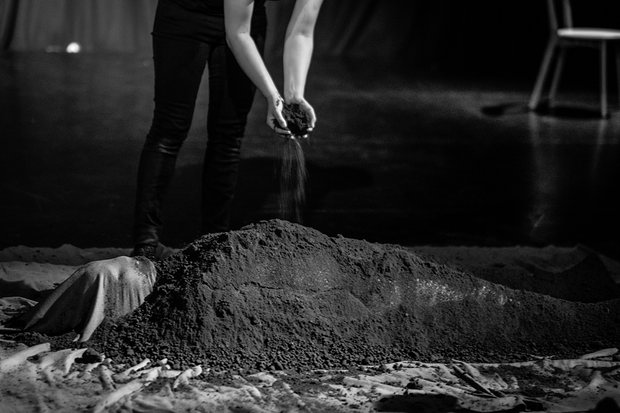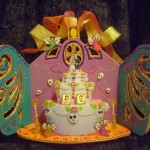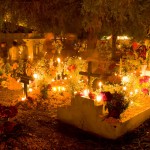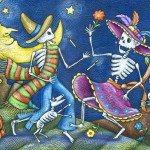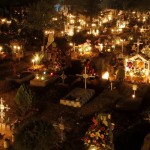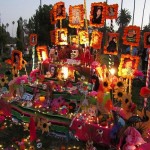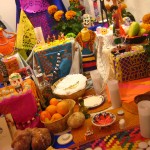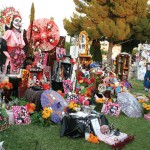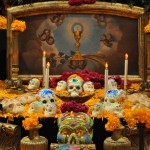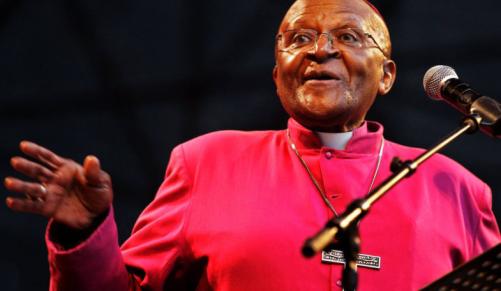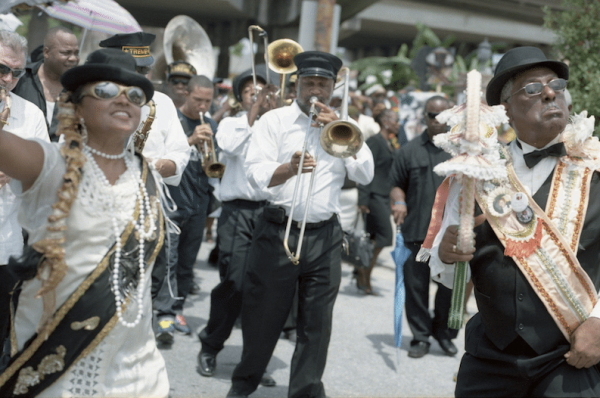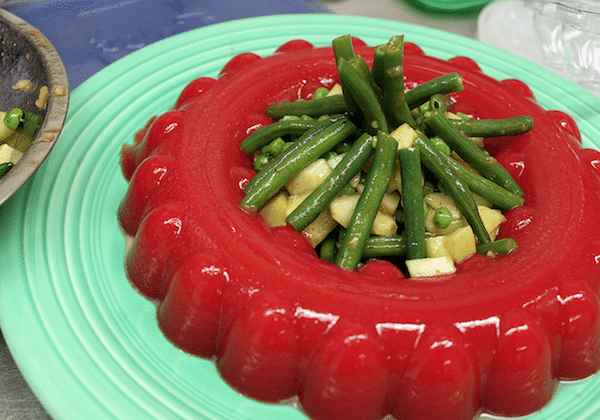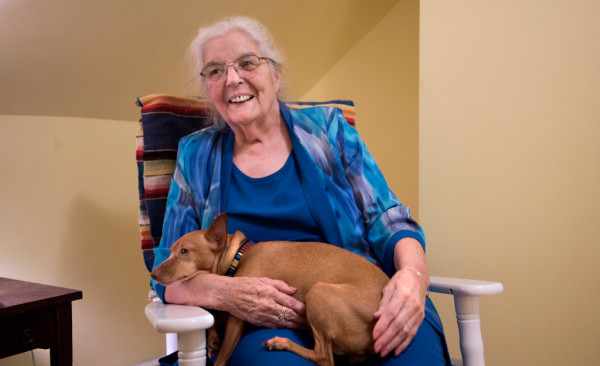
By Meg Haskell
EDDINGTON, Maine — Back in the 1980s — not all that long ago, really — hospice was essentially unknown in this country. Death, fearsome and mysterious, was a taboo topic in the health care setting. Doctors, trying to live up to their omnipotent reputations and avoid lawsuits, employed all possible measures to save lives, even when there was little or no hope for a cure, even at the natural end of a long life.
Patients with a terminal diagnosis often were not even told they were dying. They were hospitalized and endured painful, exhausting and expensive interventions instead of being provided with dignity, comfort and support in their final days. Because the focus was on cure, not comfort, their pain and anxiety often were poorly managed. Family members were also kept in the dark and found little support in preparing for loss or responding to grief.
Much has changed over the course of the past few decades. All over the country, hospice care is now a welcome, accepted and affordable model for providing comprehensive comfort and support to the dying and their loved ones while also cutting unproductive spending in the health care system.
While many factors have played into the rise of hospice nationally, no one has been more instrumental in bringing about this critical change in the northern half of Maine than area resident, registered nurse and passionate hospice advocate Patricia Eye.
Eye, a native of Machias who trained at Eastern Maine General Hospital School of Nursing, spent years traveling the globe in connection with her then-husband’s diplomatic career. She found ways to practice nursing wherever they were posted. She had encountered a hospice-like philosophy of care in other countries and while working at a children’s hospital in northern Virginia. It was in Virginia, too, where she first encountered the teachings of end-of-life advocate Elizabeth Kubler-Ross, whose revolutionary 1969 classic, “On Death and Dying,” sought to normalize death and outlined a five-stage process of healthy grieving.
“She was speaking my language about end-of-life issues,” Eye said during a recent conversation at her home. “That’s when I knew what I was going to do with the rest of my life.”
A patient advocate at heart
When Eye returned to the Bangor area in 1981, she encountered a health care community that had barely begun to grapple with end-of-life issues. A group calling itself COPES — no one seems to remember now what the acronym stood for — was meeting at Eastern Maine Medical Center, trying to organize a nonmedical, all-volunteer system of home-based support for dying patients. Beyond that, there was silence on the issue of hospice.
But by the time Eye semi-retired last year, there were at least five agencies delivering Medicare reimbursable hospice services in the Bangor area, helping thousands of residents of all ages live out their days and die peacefully in their homes. Eye has been a persuasive presence throughout this growth period, providing direct patient care, helping organize several of the agencies, working toward all-important Medicare certification and, in 1994, establishing her own agency, New Hope Hospice in Eddington.
“Some people’s personalities just resonate at a level that is deep and reflective,” Kandyce Powell, the longtime director of the Hospice Council of Maine, said. She’s known Eye professionally “for so long I can’t even remember,” she said. “Pat’s heart and soul have always been sensitive to the deepest needs of the people she cares for.”
Despite Eye’s soft-spoken ways and gentle demeanor, Powell said, she has been a determined advocate for the business-side growth of hospice, from the all-volunteer COPES model to a more structured and regulated system that is now paid for and supported by Medicare, Medicaid, veterans benefits and most private insurances. That transition has been critical to the expansion and consistency of hospice care across Maine, Powell said, and its availability to all Mainers regardless of ability to pay.
At the bedside, in the conference room and in policy debates, Powell said, “Pat has always been an advocate, ethically and morally, for the right to die. She has always done what was best for her patients.”
What is hospice?
Hospice, a longtime option in Great Britain and some European countries, is an end-of-life model that promotes the comfort and dignity of terminally ill patients over the possibility of cure. Originally considered an alternative for the very elderly and individuals with incurable cancer, hospice care is now available in this country for patients of all ages with any kind of untreatable, terminal illness.
Hospice provides highly individualized medical, emotional, spiritual and practical support for patients with six months or less to live and for their families and loved ones. Services, both paid and volunteer, are coordinated by the providing agency and delivered in the home, in a residential facility such as a nursing home or in a specialized hospice residence. Additionally, some hospitals set aside space for the delivery of hospice services to inpatients who cannot be adequately cared for at home.
In Maine, approximately 25 agencies deliver home hospice services, including medical and nursing care, clergy visits, social services, nutritional advice, visiting companions and more. Agencies also deliver equipment such as hospital beds, walkers and bedside commodes. Most agencies in Maine are nonprofit. Many are affiliated with larger health care systems; a few, such as New Hope Hospice, are independent.
In addition, there are four residential hospice “homes,” in Auburn, Scarborough, Rockland and at the Togus VA Medical Center near Augusta. A fifth hospice home will soon be built in Presque Isle. Greater Bangor doesn’t have one.
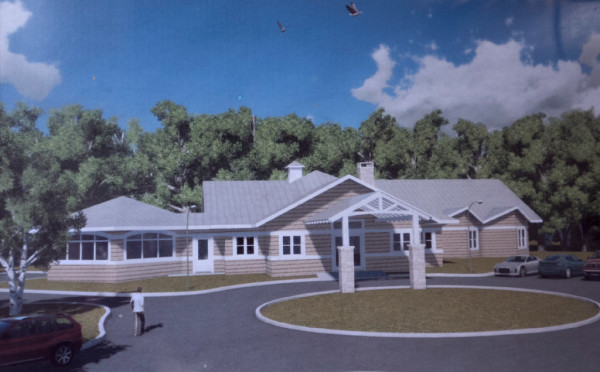
An ‘evangelist for hospice’
It was not always like this, according to Sr. Mary Norberta, the former president and CEO of St. Joseph Healthcare in Bangor. Now retired and living in Connecticut, Norberta recalled that the Catholic organization in the early 1980s investigated the possibility of establishing an inpatient hospice unit at St. Joseph Hospital. Without a reliable funding source, it couldn’t work.
“We decided a home-based volunteer program would be more financially feasible and reach more people,” she said. Eye, who had been working on the cancer unit at EMMC and meeting with the COPES group there, moved over to St. Joseph to help set up the home hospice program.
“Pat and [social worker] Sr. Mary Romuald were the pioneers,” Norberta said. “They would trade off night shifts to sit with patients in their final moments.” In addition, the two recruited and trained a dedicated cadre of volunteers to help support patients and their families.
In those early days, Eye was persistent in telling patients the hard news of their terminal status, sometimes against doctors’ wishes. Patients must understand their condition in order to enter hospice care.
“She had tremendous compassion and she was never pushy about it,” Norberta said, “But she was always able to tell people the tough things they needed to hear.”
Dr. Toby Atkins, a primary care provider in Bangor for about 40 years, was also part of the hospice startup at St. Joseph Hospital. He recalled that there was early confusion about the role of hospice workers, who, unlike home health nurses, aimed to keep patients home instead of sending them back to the hospital when their conditions worsened.
“The whole idea of the ‘do not resuscitate’ order was just getting developed,” he said, and some health workers, including visiting nurses and ambulance crews, refused to honor it. Atkins, who now serves as the medical director at Community Health and Counseling Services in Bangor, said Eye was key in educating doctors, nurses and other providers about the intent and the importance of the DNR order, which allows terminal patients to die naturally without the trauma of medical interventions aimed at “saving” them.
“Pat was a real evangelist for hospice,” Atkins said. “She got right into her patients’ lives and provided lots of support, lots of services.”
Still looking ahead at 83
In 1984, Congress directed the federal Medicare program to pay for hospice care. With guaranteed funding — and no small amount of regulation and oversight — provider agencies have since blossomed across the country. Hospice, not long ago a controversial, hard-scrabble, grass-roots effort, is now a well-established and respected player in the national healthcare system.
These days, Eye lives with her son John, 52, and a menagerie of geriatric dogs and cats in a comfortable old farmhouse in Eddington. At 83, she remains active in her chosen field, providing community outreach and clinical support for New Hope Hospice.
She has weathered some deep sorrows. She lost her 58-year-old daughter, Connie, to cancer last year. Another child, her son Lance, suffered with mental illness and took his own life, years ago, at age 28. Her marriage ended in divorce in 1985.
But she has blessings, too. She had a leaky heart valve repaired recently but is otherwise in good health. She is close with her other daughter, Kitty, a nurse who works locally in long-term care.
She enjoys her life, her family, her home and all the pets — “They’re all rescues and strays,” she said — who share it with her.
And she continues to love her work. “To do this work, you cannot help but be close to God,” she said.
Thanks to all the traveling she did in the first half of her life, she feels at ease with many world religions. “It doesn’t matter. We all have the same god,” she said. “Religion really just gets in the way.”
If she has a burning wish, it is this: to see New Hope Hospice build the residential care facility she envisioned when it first opened for business.
“My theory is that every community should have a small, inpatient hospice home,” she said firmly, “even if it’s just two beds.”
She produced an architect’s drawing of an eight-bed, bungalow-style home. “We already own a lovely piece of land for it,” she said, brushing off the dust. “ And there’s such a need in this area. It’s just a matter of finding the money.”
And with that, it’s clear that nurse Pat Eye is still advocating for her patients, still intent on identifying and serving the end-of-life needs of Eastern Maine.
Complete Article HERE!


